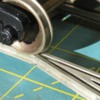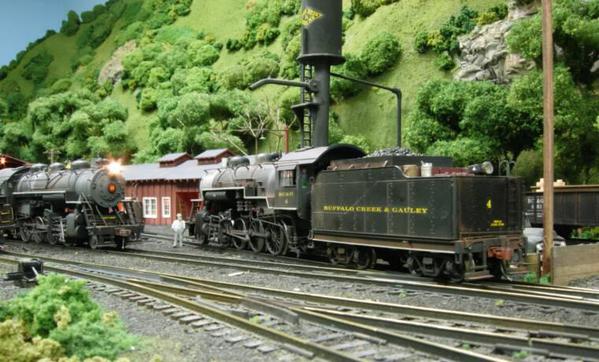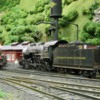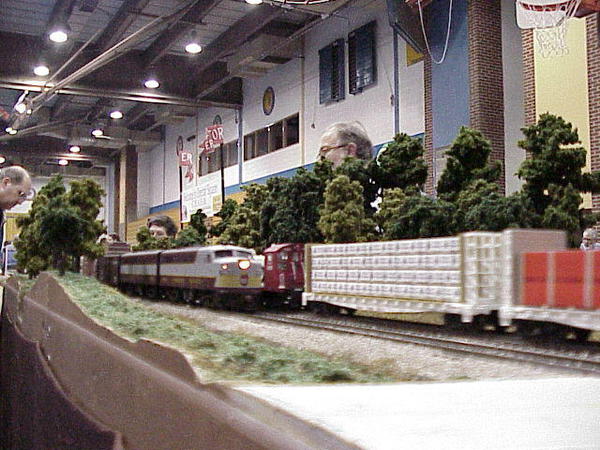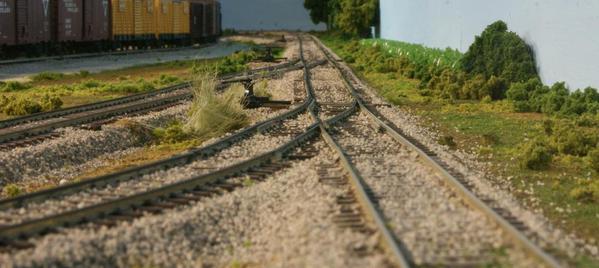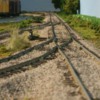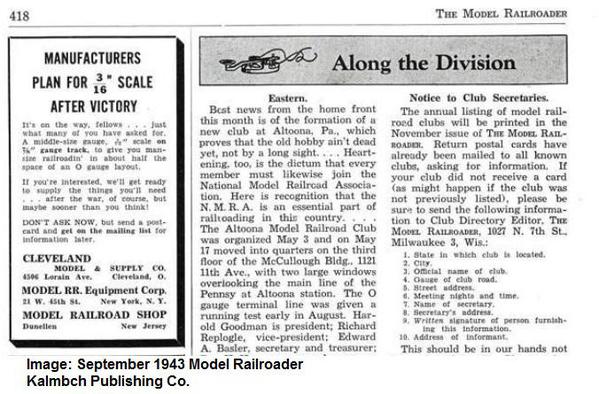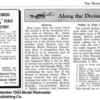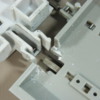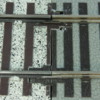Wow...
Three pages and the talk has now drifted about having something similar to Kato Unitrack in S. Well, S Helper Service/MTH S-Trax is (drum roll, please..) practically just like Kato's Unitrack.
As I recall, SHS chose code 125 rail for two reasons. 1) You could run Scale or most if not all Flyer wheeled equipment on it and 2) It represented the Pennsy's 155# track specification of the 1950's. So, it is in effect, scale size rail.
Also, from what I remember, the rail joiners were going originally to be separate, like Kato's, but Kato put a stop to it (patent infringement.) So, the rail joiners became part of the roadbed, satisfying Kato.
The early turnouts were not real friendly to scale wheels on the diverging route, but the redesigned ones are.
And, in what has to be the surprise of the century, Lionel actually designed their S Fastrack with the same size rail, roadbed height and half tie on the ends, making it compatible (with minor modification) with S-Trax.
Dogs and cats living together...
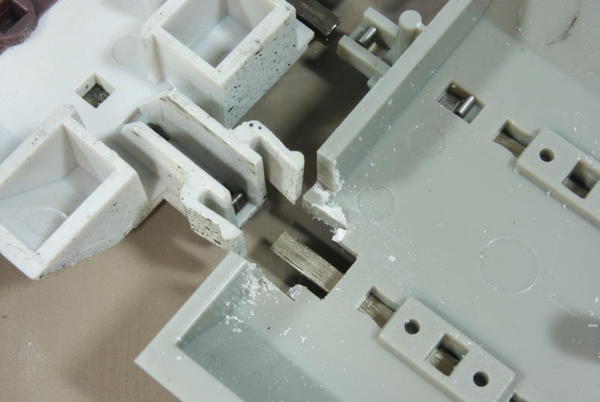

In other words, there are now two (mostly) compatible "instant" track systems, perfect for the theoretical 6-year old's starter set, so I don't think there's going to be a third molded ballast system with code 100 or 113 rail.
Frankly, I don't see a market for code 100 or 113 molded ballast track.
What's really lacking with both systems is turnouts. There's only one size turnout (R20 compatible) for both and Lionel's hasn't even shown up yet.
I know SHS was working on a #5, but what really needs to happen for the molded ballast systems is turnouts that would blend with the R25 and R29 curves to maintain the geometry, just like their O gauge counterparts.
Rusty





